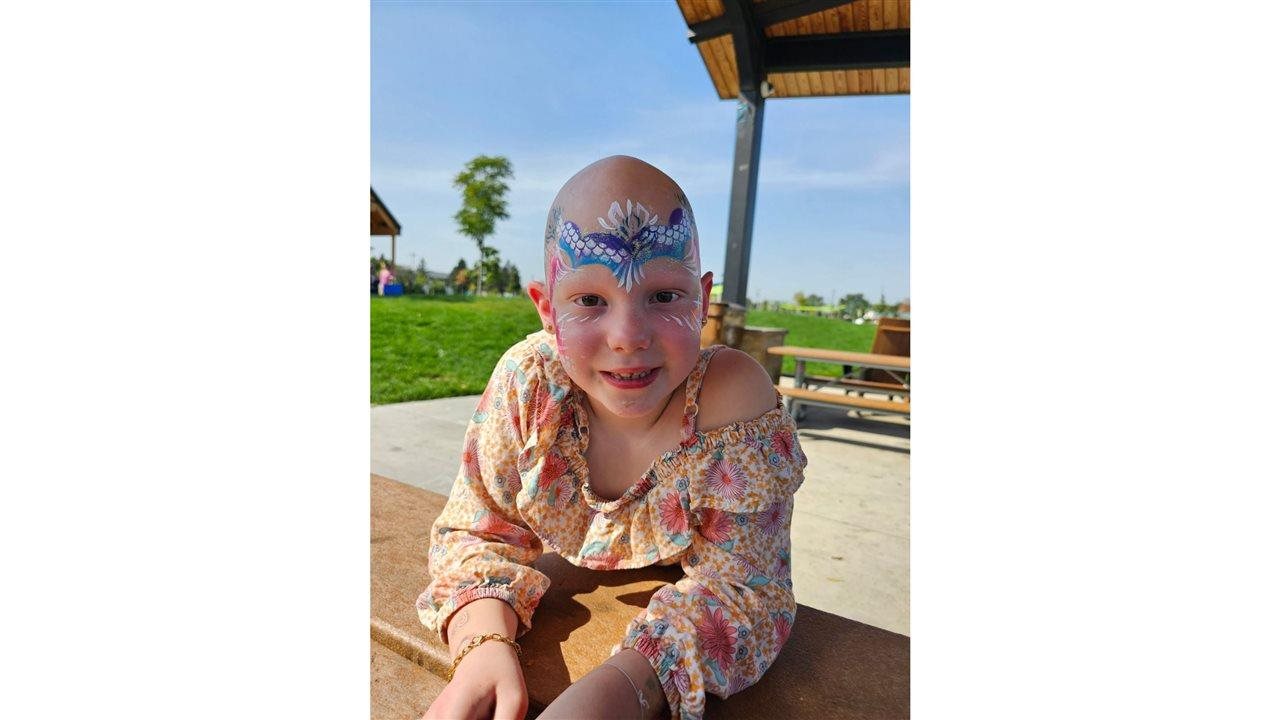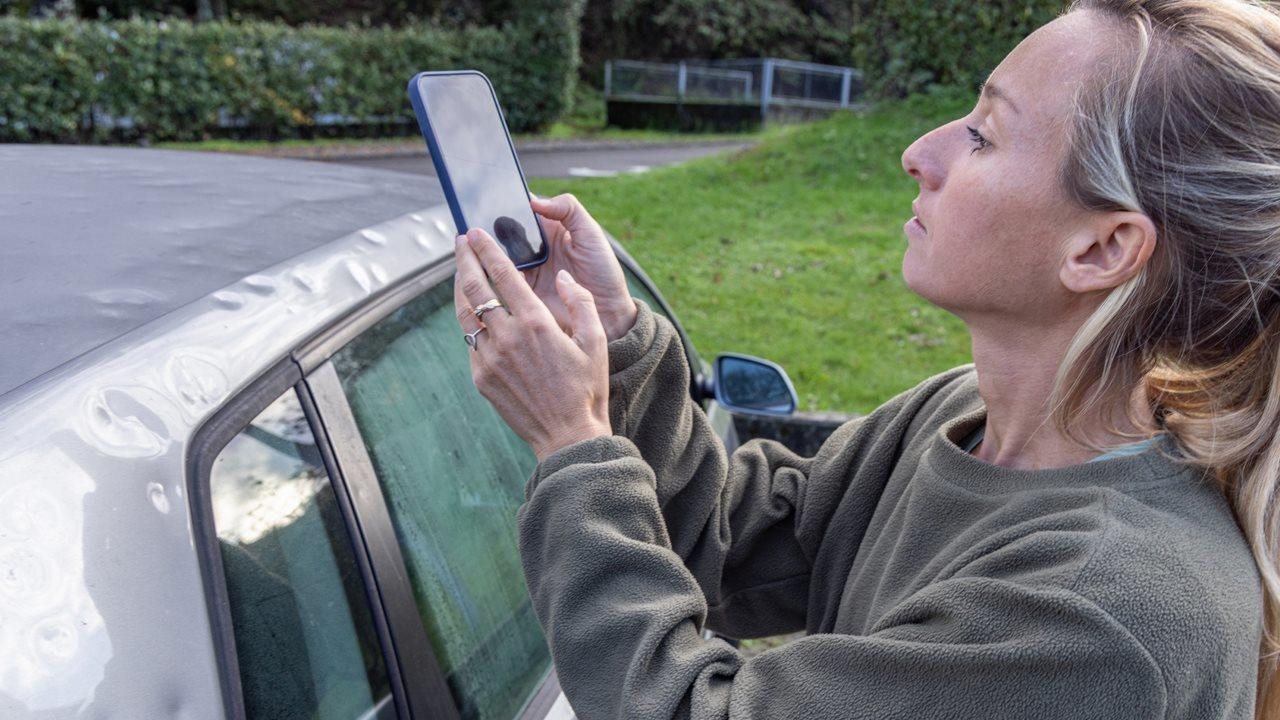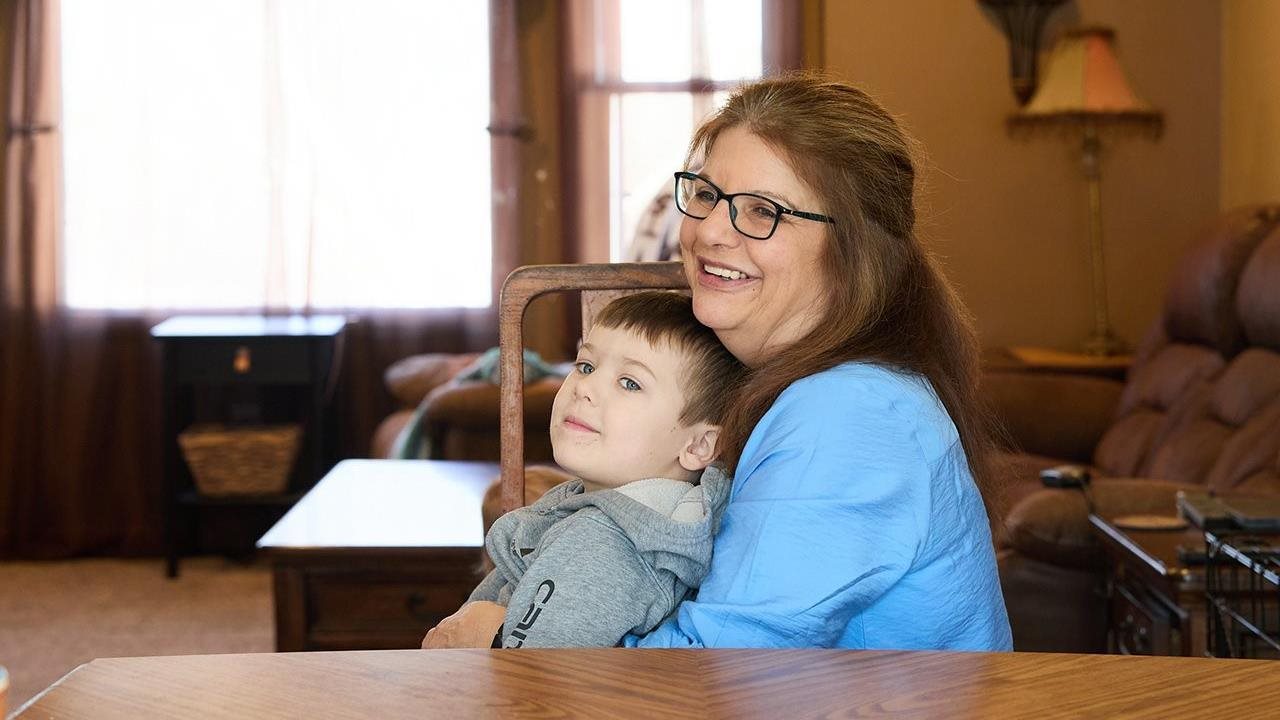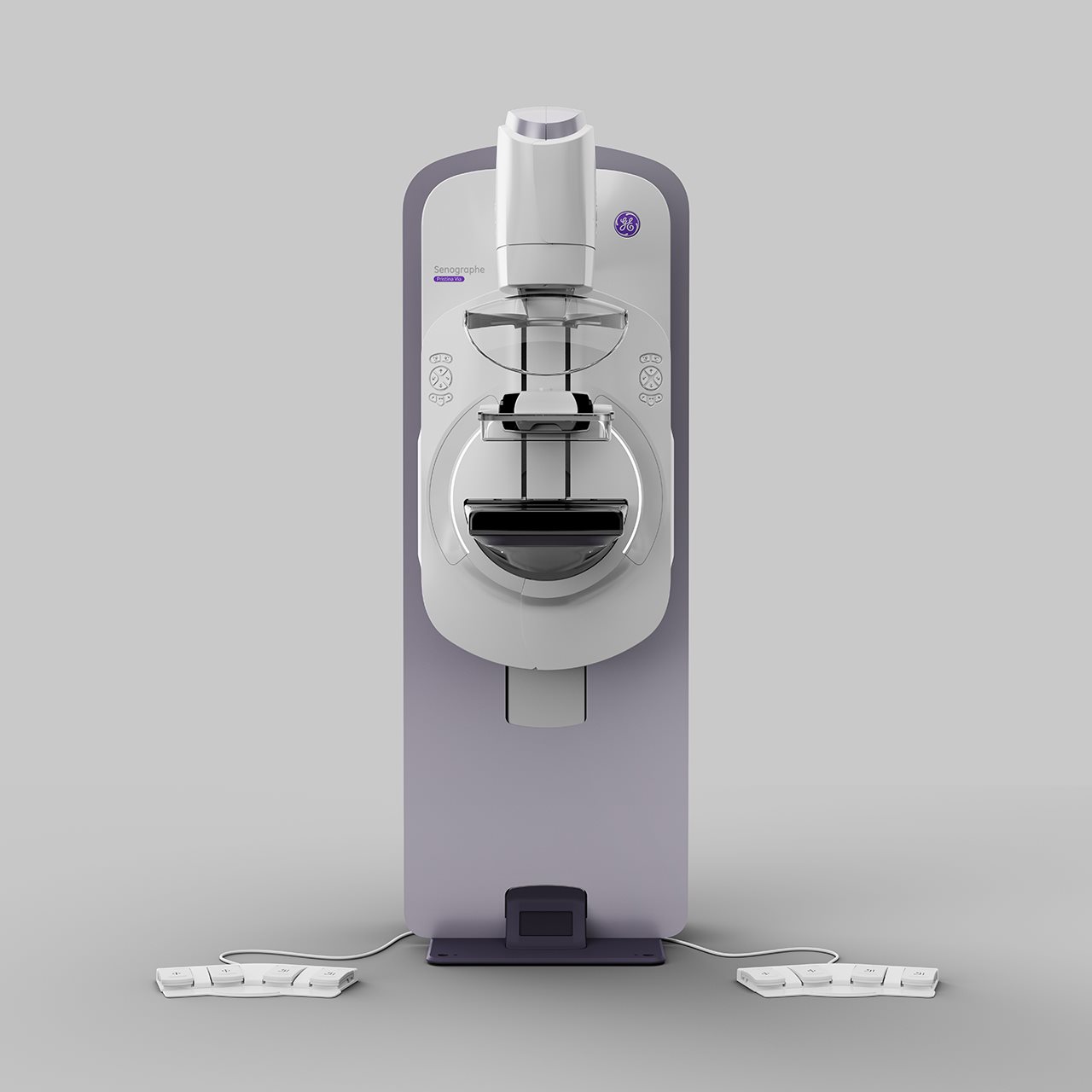2025-08-14T11:01:00
(BPT) – Werewolf Therapeutics’ clinical trials are underway and they’re already changing lives.
For one patient with metastatic cancer, a clinical trial has led to his life-changing breakthrough. This powerful moment has inspired the “Full Moon Moment” campaign by Werewolf Therapeutics (NASDAQ: HOWL), a clinical-stage biopharmaceutical company pioneering a new class of conditionally activated cytokine therapies. The campaign aims to highlight Full Moon Moments in Werewolf clinical trials.
The inspiration behind the campaign is a patient at HonorHealth Cancer Center with metastatic cutaneous squamous cell carcinoma who experienced a complete response to Werewolf’s investigational therapy, WTX-124. More than a year later, that patient’s response remains sustained, offering a powerful illustration of the potential for selectively activated immune therapies in the fight against cancer.
A Novel Approach to Fighting Cancer
Werewolf’s investigational* INDUKINE™ molecules are designed to activate the body’s own immune system to fight cancer, with a focus on minimizing side effects often associated with other treatments. The company’s approach targets diverse and difficult-to-treat cancers that may be resistant to other therapies.
Two key therapies are currently in clinical trials:
- WTX-124 is designed to harness the IL-2 cytokine to directly stimulate cancer-fighting immune cells within the tumor
- WTX-330 is designed to employ IL-12 to activate a wide range of immune cells to trigger a broad and rapid immune response against the cancer
Are You or a Loved One a Candidate for a Clinical Trial?
For patients and caregivers exploring treatment options for advanced cancers, Werewolf’s clinical trials may offer a new path forward. Specific details for each trial are listed below.
WTX-124 Clinical Trial (NCT05660384)
This trial is evaluating WTX-124 for patients with several types of advanced or metastatic solid tumors. It is currently focused on individuals with specific skin cancer and other malignancies where immunotherapy is a critical part of the treatment, including:
- Cutaneous Malignant Melanoma
- Cutaneous Squamous Cell Carcinoma
- Renal Cell Carcinoma
- Non-Small Cell Lung Cancer
WTX-330 Clinical Trial (NCT06939283)
This study is evaluating WTX-330 in adults with certain advanced solid tumors or lymphoma. The trial is enrolling patients with specific cancers who have progressed on other standard therapies. The trial arms are focused on patients with:
- Metastatic Cutaneous Melanoma that has shown resistance to other checkpoint inhibitor immunotherapies
- Metastatic Colorectal Cancer (specifically microsatellite-stable or MSS) that is immunotherapy-naïve
- Advanced Non-Hodgkin Lymphoma, including follicular lymphoma or diffuse large B-cell lymphoma, who have relapsed or have disease that is resistant to at least two prior therapies
As these therapies continue to be studied, Werewolf Therapeutics hopes to create more “Full Moon Moments” with the potential to change the lives of patients with cancer.
It is important for patients to discuss all treatment options, including the potential risks and benefits of joining a clinical study, with their healthcare professional.
To learn more about these ongoing clinical trials, please visit https://werewolftx.com/clinical-trials/ or contact clinicaltrials@werewolftx.com.
*WTX-124 and WTX-330 are Investigational therapies and have not been approved by the FDA or any other regulatory agency.




























